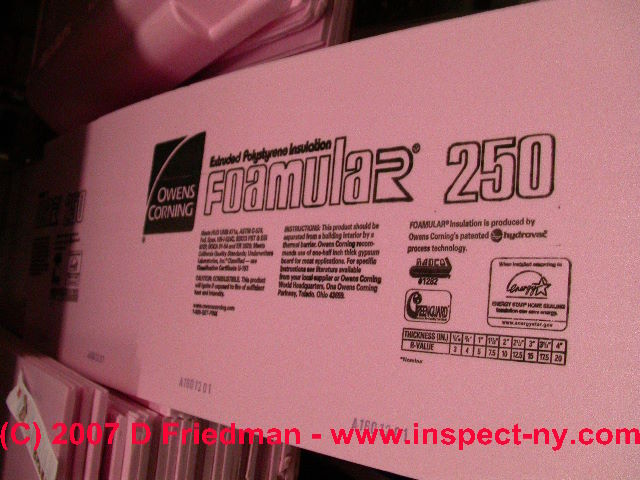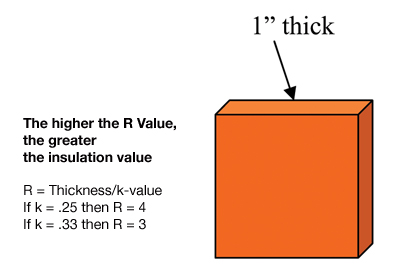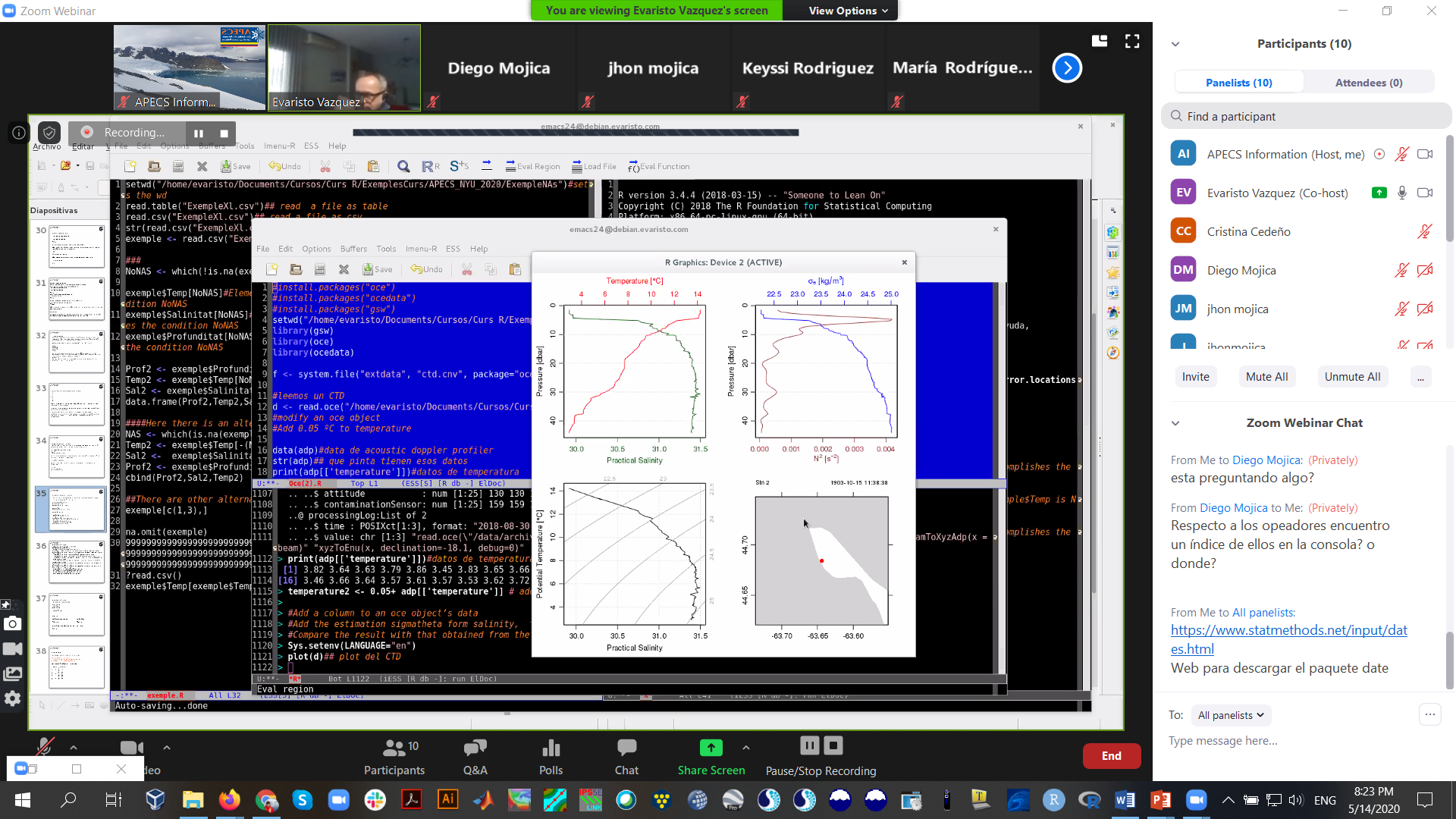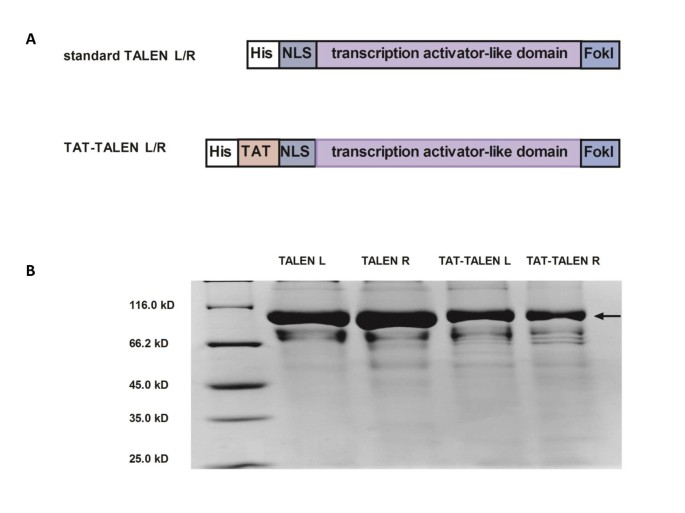R Values For Windows And Doors Engineering Toolbox

U overall heat transfer coefficient u value btu hr ft 2 o f w m 2 k.
R values for windows and doors engineering toolbox. The lower a unit s u value number the slower it transfers heat. H t u a dt 1. While windows are rated using both u factors and r values the u factor is used to express the insulative value specifically of windows while the r value is used primarily to rate the energy efficiency of insulation installed in other areas of the building envelope such as beneath the roof in the attic behind the walls and beneath the floors. Planning tools tips.
From your window and door selection to value engineering to on site delivery and installation we are there every step of the way. The heat transmission through a building wall or similar construction can be expressed as. A wall area ft 2 m 2. Dt temperature difference o f k.
Helpful tools formulas and resources for engineers. We believe the selection of your windows and doors should be a guided process providing proper foresight and direction. R thermal resistivity m 2 k w with 4 and 5 3 can be modified to. That means for example a door can be moved in any view and all the other views of the model will update automatically.
The r value as it is known to most consumers is really an inverse representation of the u value. Ultimately when talking about windows the u and r values are both a representation of the same thing. This is made possible by revit s parametric change engine the name given to its underlying relational database architecture. 1 u r i r 1 r 2 r 3.
Thermal resistivity in the separate wall construction layers m 2 k w. What is the best r value for windows and doors. In the chart above you will notice that there are two vastly different r values provided for insulated metal doors with polyurethane insulation. R inch r thick ness insulation materials fiberglass batt 3 14 fiberglass blown attic 2 20 1 fiberglass blown wall 3 20 rock wool batt 3 14 rock wool blown attic 3 10 rock wool blown wall 3 03 cellulose blown attic 3 13 cellulose blown wall 3 70 vermiculite 2 13 air entrained concrete 3 90 urea terpolymer foam 4 48.
The overall heat transfer coefficient the u value describes how well a building element conducts. R i thermal resistivity surface inside wall m 2 k w r 1. The rate at which the glass transfers loses heat. Based on astm c518 calculation method the door has an r value of up to 11 but using astm c1363 tested operable the same door only have an r value of up to 3 5.
Improved education and awareness of the cost of heating and cooling that escapes from poorly insulated components and glass panes have led to window and door manufacturers developing energy efficient windows and doors typically labeled r5 u 2 meaning the glass is the most energy efficient possible at a 5 rating and the window or door with all.














































